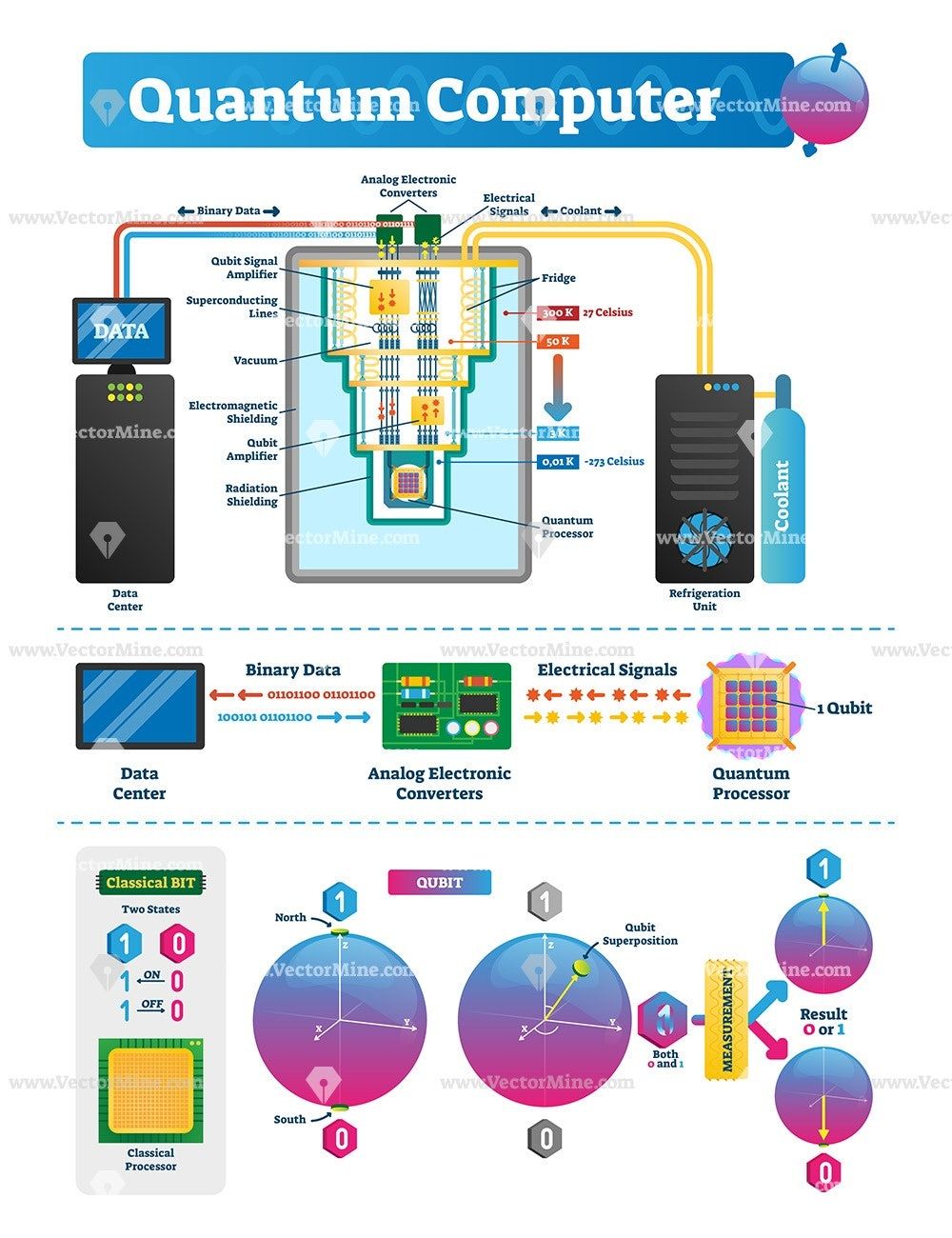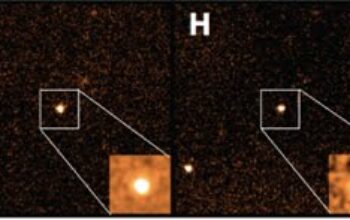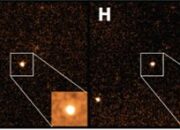Quantum computing represents a paradigm shift in computational capabilities, akin to a metaphysical leap into a realm where the rules of classical physics yield to the peculiarities of quantum mechanics. Bridging the gap between theoretical physics and practical applications, quantum computers harness the interplay of subatomic particles to process information at unprecedented speeds. This expository journey delves into the intricate architecture and operational principles of quantum computers, unveiling the enigma that lies within their silicon exterior.
At the heart of quantum computing is the quantum bit, or qubit, which serves as the foundational unit of information. Unlike classical bits, which exist solely in a state of 0 or 1, qubits exist in a superposition of states. This is reminiscent of Schrödinger’s cat—simultaneously alive and dead until observed—where a qubit can represent multiple possibilities at once. This characteristic enables quantum computers to solve complex problems with an efficiency unattainable by classical systems.
The duality of quantum mechanics—embodied by wave-particle duality—plays an essential role in the manipulation of qubits. Quantum entanglement further exacerbates this nuance; it facilitates a connection between qubits that transcends classical constraints, allowing them to influence each other’s states instantaneously despite spatial separation. This phenomenon is paramount for the scalability of quantum systems, illuminating pathways toward enhanced computational efficiencies.
To visualize the operation of a quantum computer, consider the analogy of a vast library filled with an unmanageable number of books, where each book represents a potential solution to a complex problem. A classical computer resembles an individual navigating this library one book at a time, whereas a quantum computer employs an entire cohort of librarians—each willing to collaboratively explore innumerable volumes simultaneously. This metaphor encapsulates the essence of quantum parallelism, which allows vast computational avenues to be explored concurrently, exponentially increasing the potential for discovery and solution efficacy.
Quantum gates, the operational instruments of quantum computers, manipulate qubits similarly to how classical logic gates influence bits. These gates execute transformations on qubits through unitary operations, corresponding to angles on the Bloch sphere—an abstract geometrical representation of qubit states. Quantum gates orchestrate intricate algorithms, enabling computations that can factor large integers, simulate molecular interactions, or elucidate optimization problems within a fraction of the time taken by classical counterparts.
One of the landmark algorithms encapsulating the quantum advantage is Shor’s algorithm, which applied to factorization, threatens to render classical encryption methods obsolete. The asymptotic efficiency achieved through the quantum realm offers tantalizing prospects for cryptographers and security engineers, akin to unearthing a key that unlocks a treasure trove of encrypted information. Moreover, Grover’s algorithm underscores the capacity of quantum computers to expedite unstructured search problems by providing a quadratic speedup over classical strategies, thus addressing inefficiencies in data retrieval.
The materials used in qubit construction are as varied as their operational capabilities. Superconducting qubits, trapped ions, topological qubits, and photonic qubits represent a diverse array of approaches, each presenting its own advantages and challenges. Superconducting qubits, for instance, rely on the principles of superconductivity to enable the flow of electrical currents without resistance; however, they typically require cryogenic environments to maintain coherence. Conversely, trapped ions utilize electromagnetic fields to manipulate individual ions, thus offering remarkable levels of precision, albeit at the cost of operational complexity.
Despite the formidable potentials of quantum computing, numerous hurdles remain in the quest for practical, large-scale quantum machines. Decoherence—the loss of quantum coherence due to interaction with the environment—poses a significant threat, necessitating innovative error correction techniques and the development of fault-tolerant quantum architectures. The implementation of quantum error correction codes serves as the bastion of resilience against these perturbations, enabling qubits to preserve their quantum states over extended periods despite environmental noise.
The journey toward the realization of quantum computing is not merely a technical odyssey; it demands a philosophical reevaluation of our relationship with computation itself. This evolution has catalyzed the emergence of a burgeoning field known as quantum information science—a discipline that intertwines quantum mechanics with information theory. The implications extend far beyond technological marvels; they beckon questions about the nature of consciousness, the fabric of reality, and the ultimate limits of human cognition.
As researchers forge ahead, the societal implications of quantum technology become increasingly salient. The intersection of quantum capabilities with fields such as cryptography, drug discovery, and artificial intelligence heralds a new era of innovation. Metaphorically speaking, quantum computing is akin to a key that can unlock mysteries long thought to remain sealed—promising insights into the most fundamental questions of existence and offering tools that could reshape entire industries.
In conclusion, the intricate tapestry of quantum computing is woven from the threads of physics, mathematics, and engineering. It challenges our conventional understandings and invites us to embrace the counterintuitive nature of the quantum world. As the field progresses, it promises not only to elevate computational possibilities but also to inspire a reevaluation of what it means to “compute.” It is a realm where the comprehension of infinity becomes tangible, where the veils of reality thin, and where the essence of intelligence itself may transform before our very eyes.










